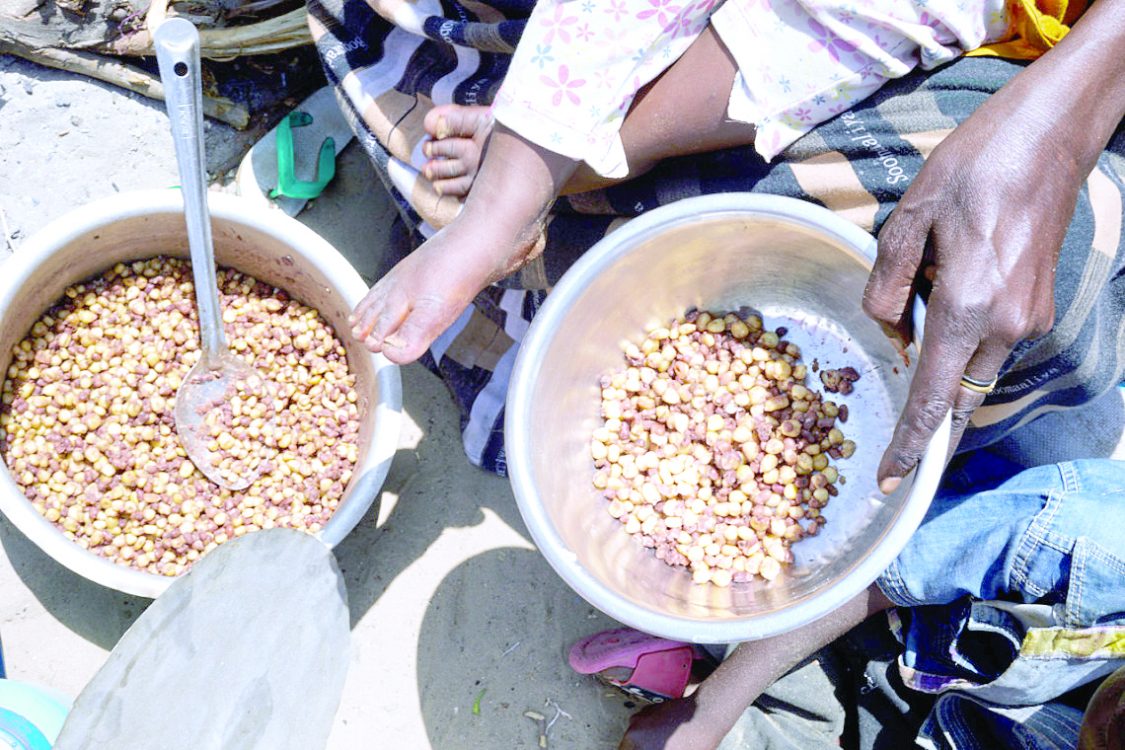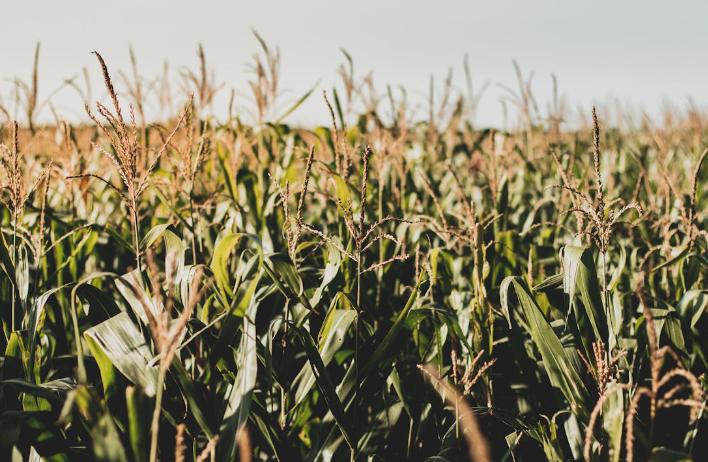Five million face starvation as food crisis hits Horn of Africa

The number of Kenyans in need of food assistance has risen from 4.4 million in early May to an estimated 5.43 million.
Latest Global Report on Food Crises (GRFC) 2023 focusing on the Horn of Africa points out that the ongoing armed conflict in Sudan is a new concern for the region’s leadership and likely to exacerbate the situation.
Unveiled in Nairobi last Thursday, the report says the negative impacts of the prolonged drought were likely to persist throughout 2023, especially for pastoralists who have lost a significant number of animals.
“Turkana, Mandera, Marsabit, Wajir and Garissa counties – predominantly pastoral areas – are likely to deteriorate from the Integrated Food Security Phase Classification (IPC) Phase 3 to IPC Phase 4, with 5.43 million people across the ASALs expected to be in IPC Phase 3 or above from March-June 2023 (IPC, February 2023),” the report states.
Present during the launch were the UN’s World Food Programme and Food and Agriculture Organisation (WFP and FAO), the European Union (EU) and the National Drought Management Authority (NDMA).
Regional Focus on IGAD member-States is a by-product of the annual GRFC epared the Food Security Information Network (FSIN) in support of the Global Network Against Food Crises (GNAFC).
Acute food security
It says the population facing acute food insecurity in the IGAD member states has rapidly increased since 2020, by over 10 million each year.
Projections for 2023 paint a grim picture, the report shows with up to 30 million people in the region expected to require humanitarian food assistance in five countries; Kenya, Somalia, South Sudan, Sudan, and Uganda.
“Of these, an estimated 7.5 million people in Kenya, Somalia, South Sudan, and Sudan are projected to face large food consumption gaps and adopt emergency coping measures, and more than 83,000 individuals are anticipated to face extreme lack of food in the most severe drought and conflict-affected areas of the region, particularly in Somalia and South Sudan,” the report highlighted.
Supply disruptions
The projections do not account for the recent clashes in Sudan, which authors of the report emphasise will certainly exacerbate the already poor food insecurity situation. The worsening situation is attributed to the cumulative effect of five consecutive poor rainy seasons covering the March–May long and October–December short rains, as well as food price volatility following high national demand, low local availability, reduced imports from neighbouring Uganda, high fuel costs and supply disruptions linked to the war in Ukraine.
Further, the report shows IGAD Member States continued to grapple with a severe food crisis in 2022, with over 55 million people facing acute hunger and requiring urgent food, nutrition, and livelihood assistance – an increase of over 13 million from 2021.
“Even if the March-May 2023 rains bring some relief from the Horn of Africa’s worst drought in more than four decades, the region will continue to deal with its catastrophic consequences in 2023 and beyond,” the report says, noting that the recovery of pastoral and agro pastoral livelihoods from the devastating three-year drought will take years and humanitarian assistance continues to be critical until households and communities can recover.
The report highlights the devastating reality faced by 301,000 people who were exposed to catastrophic food insecurity situations in 2022, with Somalia and South Sudan accounting for 214,000 people and 87,000 people respectively.
The worsening situation is attributed to the compounding effects of multiple shocks, including an unprecedented three-year drought in the Horn of Africa, record-breaking flooding in South Sudan, protracted conflicts, and macroeconomic challenges driven by the ongoing impacts of Covid-19 and exacerbated by the war in Ukraine.
The report finds out that in 2022, an 55.45 million people in seven out of the eight IGAD member states needed urgent food assistance (Djibouti, Ethiopia, Kenya, Somalia, South Sudan, Sudan, and Uganda, while no data was available for Eritrea), marking the highest number of acutely food-insecure people in the region over the past five years.
In Sudan, the impact of the ongoing conflict on food availability and access is expected to drive a rapid deterioration in the food security and nutrition situation, with Khartoum and the region of Darfur most affected. By mid-May, more than one million people had fled their homes with around 843 000 people newly displaced internally and more than 250,000 people displaced to neighbouring countries. “The conflict in Sudan is sending hunger shockwaves across an already fragile region, as hundreds of thousands of people continue fleeing to neighbouring countries – pushing up already alarming food insecurity and malnutrition levels, and further stretching scarce humanitarian resources,” said Rukia Yacoub, WFP deputy regional director for Eastern Africa.















